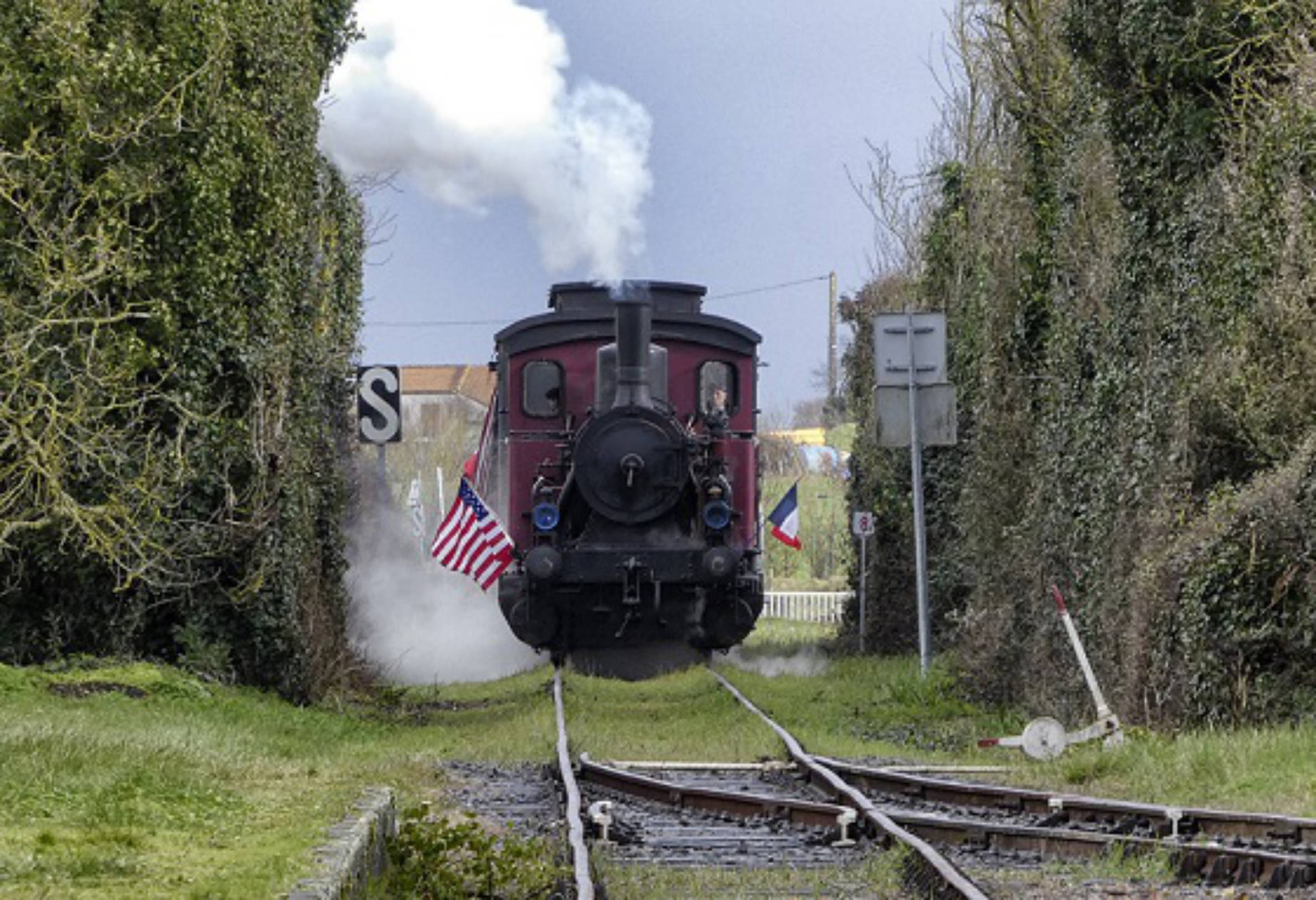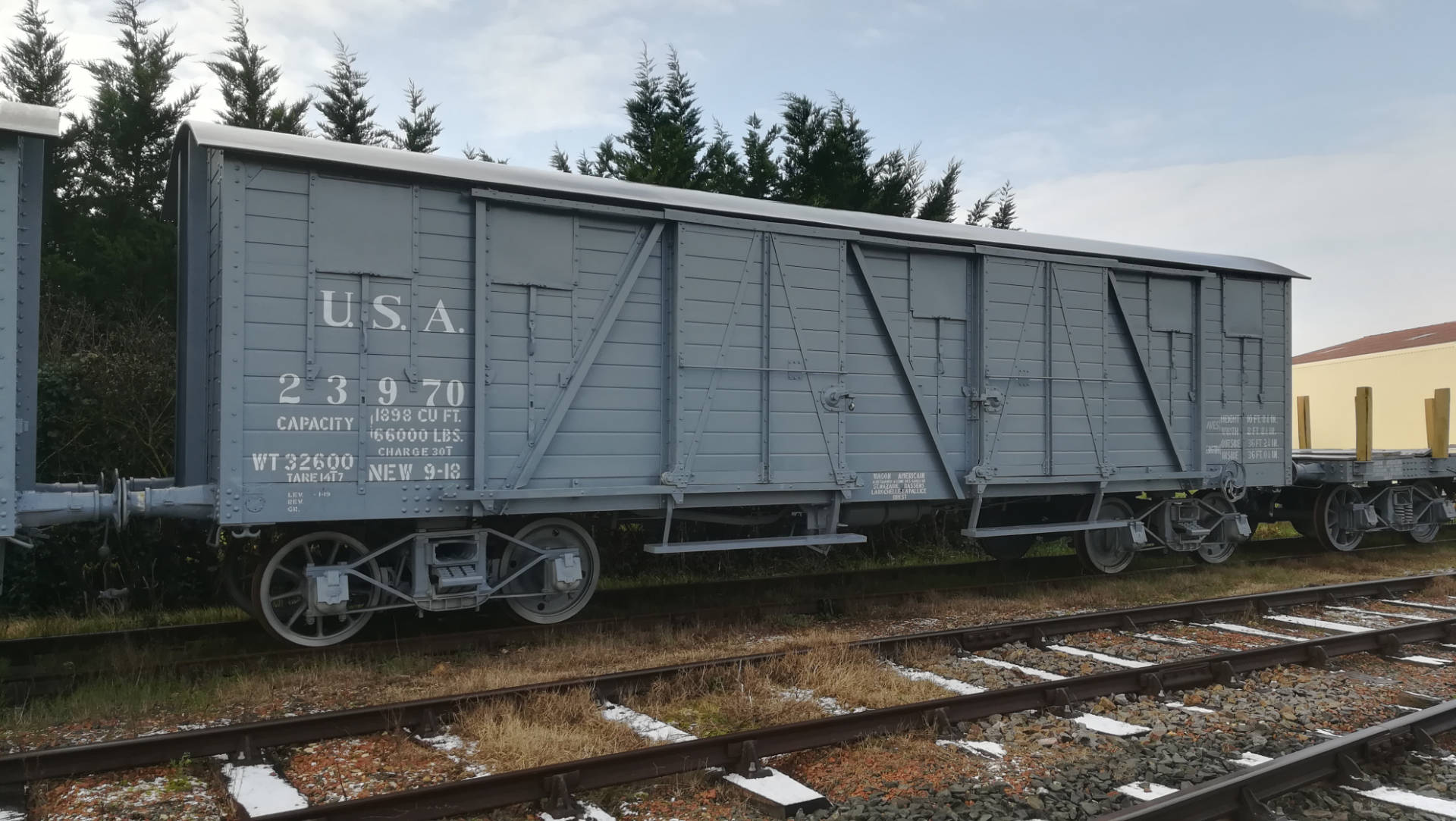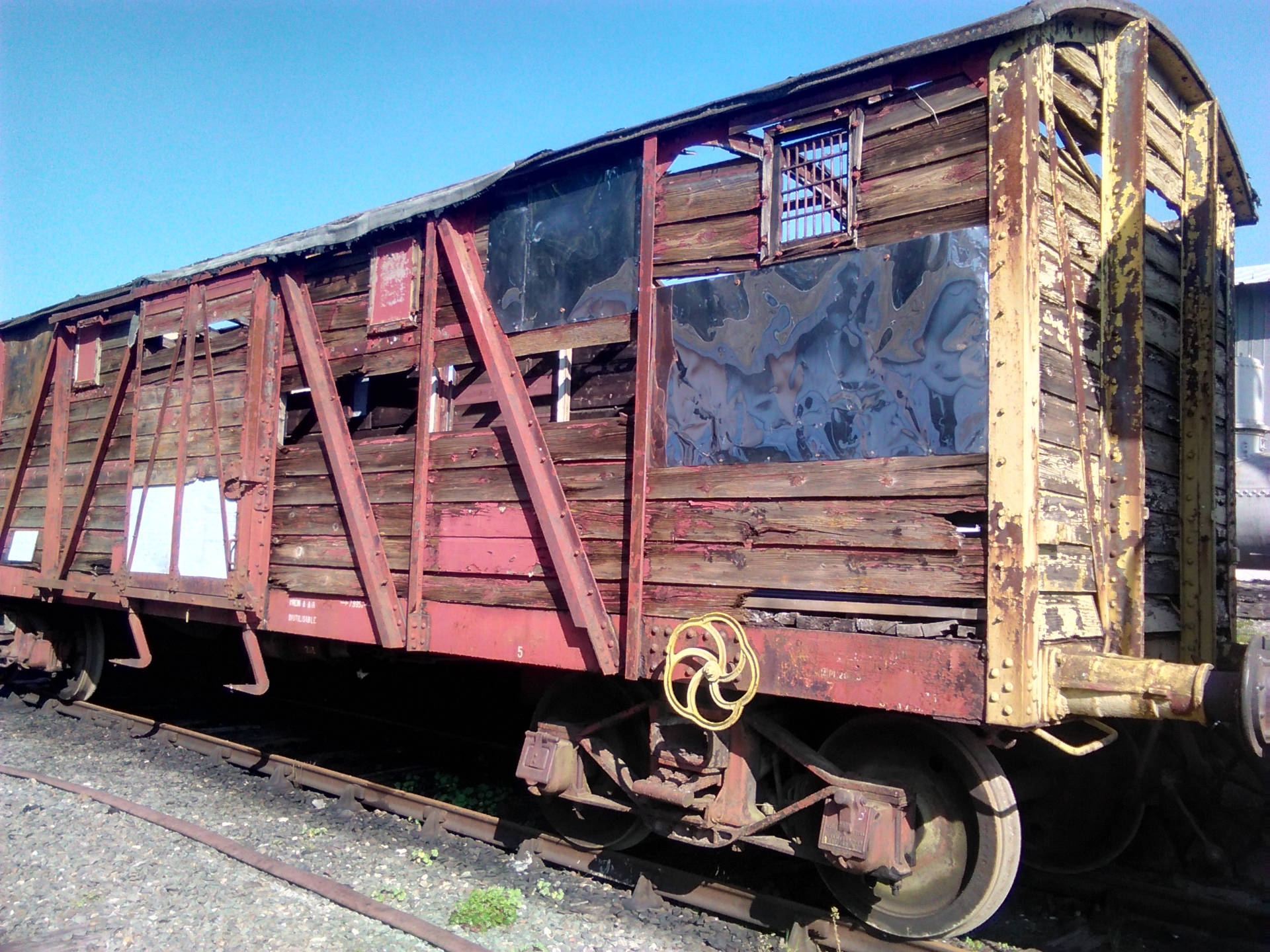
American railroad cars
From 1918 onwards more than 38,000 railroad cars in kit form were imported by the Americans to provide the rail infrastructure needed during war time. At this time the roads were made of earth or stones and were unable to handle the upsurge in traffic. These railroad cars supplied the front, helped to rebuild Europe after the war and enjoyed a long service on the French rail network (the last of them were still being used up until the 1980s).
During these dark times, it was the railway that maintained the link between the front and rear lines. The train carried food, munitions and troops towards the front and also allowed the injured to be evacuated as well as having the unfortunate task of carrying the dead. The importance of the railway during the conflict cannot be measured. Whether on normal-sized or narrow gauge tracks, the train was always reliable and proved an excellent way of transporting all sorts of goods and people quickly and comfortably.
Despite its distance from the front, Charente-Maritime (or Lower Charente as it was called in 1918) played a prominent role in the final victory. These railroad cars were originally built at the Alstom factory in Aytré where the finest rail equipment and tramways were manufactured. Closer to home, American troops came to the village of Talmont, planning to build a large harbour there. Luckily for this remarkably beautiful site, the plans were later abandoned.
THE CENTENARY TRAIN
LA SEMAINE AMÉRICAINE DU 04 AU 08 JUILLET 2018
This special event organised by the railway marked several anniversaries:
- 100 years since the end of the First World War
- 100 years since America’s involvement in liberating Europe
- 100 years since the first American railroad cars arrived in La Rochelle
For this historic occasion, we brought in an English locomotive dating from 1917, the same era as our railroad cars. This engine was the famous 140 C 38 used in the film “The Seventh Company Have Been Found” with it’s equally famous catchphrase “ Touche pas à ça petit con!” (Don’t touch, you moron!)
A military camp was set up and troops dressed in period uniform helped bring the event to life. Trucks dating from the Great War and taxis from Marne lined the stations as the trains passed through.
The American train is classed as a historic monument and runs on special occasions such as the European Heritage Days.
Click here to read the full story
2/4 door railroad cars
Between 1918 and 1919, the American army’s railroad cars carried not only goods and foodstuff which needed to be protected from the elements but also soldiers. The original plans were for cars with 2 doors. Four doors, however, allowed for speedier loading and unloading. But it was rather late in the day in 1918, before this improvement was finally made.
2 Doors











4 Doors












Flat car
Flatbed railway trucks
The very first railroad car to roll off the production line of the 35th Regiment of Engineers at Camp Pullman in La Rochelle on 4 March 2018 was a flat car. The platform has a surface of 28.4m2. And can carry loads of up to 30 tonnes. These railroad cars were perfectly suited to transporting large loads.









Tank cars





